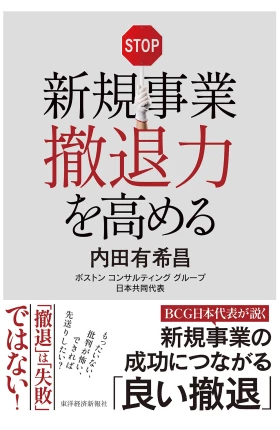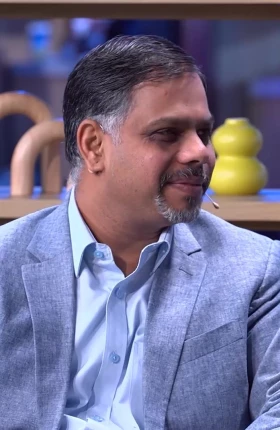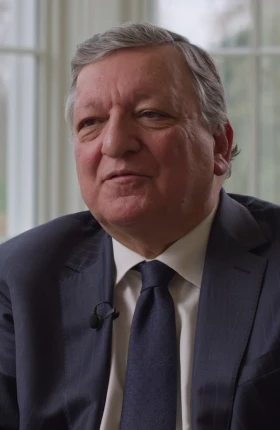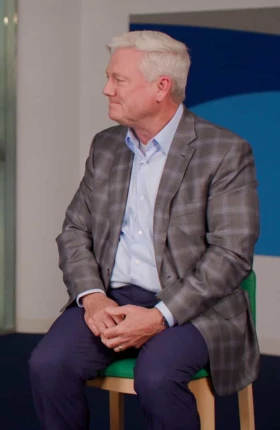不確実性が「常態」として経営の前提に組み込まれている今日、日本企業は変化を受容し、主体的に勝機を見極める姿勢が求められています。BCGコンサルタントが考える、2026年時点でビジネスリーダーが検討すべき10の経営論点を提示します。
Featured Insights
日本語コンテンツ

Article
2025年10月28日

Article
2025年9月10日
日本企業が新規事業を継続的に成功させていくためには、新規事業を始める力、遂行する力と同様に、適切に幕引きを図る力が重要です。本書では「新規事業撤退力」に着目し、撤退の意義と実践のポイントについて事例を交えてひもときながら、「良い撤退」を進めるためのプロセスと必要なアクションについて解説します。

Article
2025年6月5日
企業価値向上に資する中期経営計画のあり方として、投資家に対して戦略と投資意義を明確に示す「エクイティストーリー」としての中計の構築を提言、その手法を論じます。

Article
2024年5月24日
不確実性が高まる今、大胆な計画を生み出ためには従来の計画プロセスを再考する必要があります。本稿では、シナリオを取り入れた、4段階から成るプランニングプロセスを紹介します。

Article
2023年7月31日
BCG Future Winning Modelシリーズ前編では、日本企業の競争力低下の実態と原因について、直近5~10年間を中心に分析しました。BCG、およびBHI独自のデータソース等から浮き彫りになる日本企業の現状を明らかにしたうえで、グローバル市場で勝つための第一歩として必要な「5つのグローバル標準の成功要諦」について論じています。
Value Creation Strategy
Video
2025年10月29日
How CIOs Turn AI into a Growth Engine
BCG’s Rohit Nalgirkar explains how CIOs are balancing cost control and innovation—using AI to drive efficiency, unlock value, and empower talent.

Article
2025年9月4日
Companies reaching a meaningful green-revenue share can unlock higher valuations, cheaper capital, and a powerful edge in today’s competitive economy.

Article
2025年8月14日
Instead of attempting to grow their way out of underperformance, successful companies first shrink to an advantaged core, improve returns, and only then pursue expansion.

Article
2025年7月17日
By embedding long-term thinking into how they make decisions, manage debt, and allocate capital, executives can secure resilient value creation.

Article
2025年1月28日
To advance sustainability at scale, leaders need to double down on those initiatives that accelerate the growth and duration of cash flows.

Article
2024年9月11日
Attracting investors isn’t just about the numbers. To maximize investor interest, companies need to augment financial data with honest, compelling narratives about their value creation plans.
Finance Function Excellence

Article
2025年6月10日
Finance functions are ideal starting points for cost programs, offering swift, substantial savings and strategic benefits such as faster execution and streamlined ways of working.

Article
2025年3月27日
Leaders must boost the finance function’s performance in several key areas to enable their companies to successfully navigate the energy transition.

Article
2025年1月30日
Companies that optimize their balance sheet can improve earnings by an average of 5% across industries.

Article
2025年2月13日
With both capital costs and external risks on the rise, banks need to build a performance-oriented culture at every level.
Bimonthly Newsletter Subscription
Perspectives on Strategy and Value: Learn how to lead with advantage
From the C-Suite
Video
2025年3月12日
A Time for Bold Decisions in the EU
Former European Commission president José Manuel Barroso shares his views on how the EU can prepare for the possibility of a trade war while improving its competitiveness and recalibrating its climate transition policy.
Video
2024年12月13日
Aptiv’s Future-Forward Innovations Are Driving Change in the Auto Industry
In an incredibly dynamic market, Kevin Clark, CEO of Aptiv, explains how the company is using technology to improve safety and efficiency while also creating solutions for its customers.
Video
2024年12月11日
Pinhook CEO Alice Peterson on Leading a Bourbon Business
Alice Peterson, CEO of Pinhook, discusses the core capabilities CEOs need and how problems may suggest their own innovative solutions.
The CFO Agenda
Our CFO insights help leaders excel in balancing the CFO agenda, managing daily operations, and driving transformation for long-term success.
Strategy and Strategic Planning

Report
2025年4月30日
Corporate vitality is a proprietary measure that BCG developed to assess a company’s potential for long-term growth. Find out how leading companies outperform their peers.

Article
2025年6月17日
Five actions can help CEOs move forward with big investment decisions, despite uncertainty.

Article
2025年5月2日
Most strategy teams underdeliver. Top performers, however, stand out by sticking with a singular mandate and mastering collaboration.

Article
2025年1月14日
An updated approach to planning combines powerful analytics with proven creative tools and AI to give executives greater confidence about where their companies should go.
Zero-Based Budgeting

Article
2025年7月16日
CEOs must cut waste without damaging morale, losing critical talent, or undermining growth.

Julie Graham, Pratik Yadav and Rida Daher share how leaders are finding balance by making intentional, insight-driven choices. This article highlights how ZBT helps clients stay agile, focused, and resilient amid volatility and complexity.

Article
2024年10月31日
Cost management is a top corporate priority today. But so is investing in talent, critical technologies, and strategic opportunities. A ZBO approach offers a solution to this dilemma.

Article
2023年1月17日
ZBT can do much more than inject cost discipline—it can help companies maintain their strategic momentum even amid difficult economic conditions.
CEOアジェンダ
先を見据えたCEOアジェンダの重要性は、これまでになく高まっています。BCGの論考などが、将来を読み解くヒントとなり、経営リーダーのみなさまが自信を持って進んでいく助けとなれば幸いです。
BCG Classics Revisited

Classics
2013年5月28日
The experience curve theory still holds, particularly in specific industries. But to succeed in today’s environment, many companies need to develop an additional kind of experience.

Classics
2013年12月23日
The principles of time-based competition—a classic concept among BCG insights—still hold. But today’s companies must be adaptive, as well as fast, in order to succeed.

Classics
2012年12月4日
BCG founder Bruce Henderson’s rule, conceived in 1976, still holds valuable lessons for companies in many industries.

Classics
2014年6月4日
The growth share matrix—put forth by the founder of BCG, Bruce Henderson, in 1970—remains a powerful tool for managing strategic experimentation amid rapid, unpredictable change.
Corporate Finance and Strategy on LinkedIn
Visit our LinkedIn Showcase page for the latest on corporate finance and strategy from BCG.









